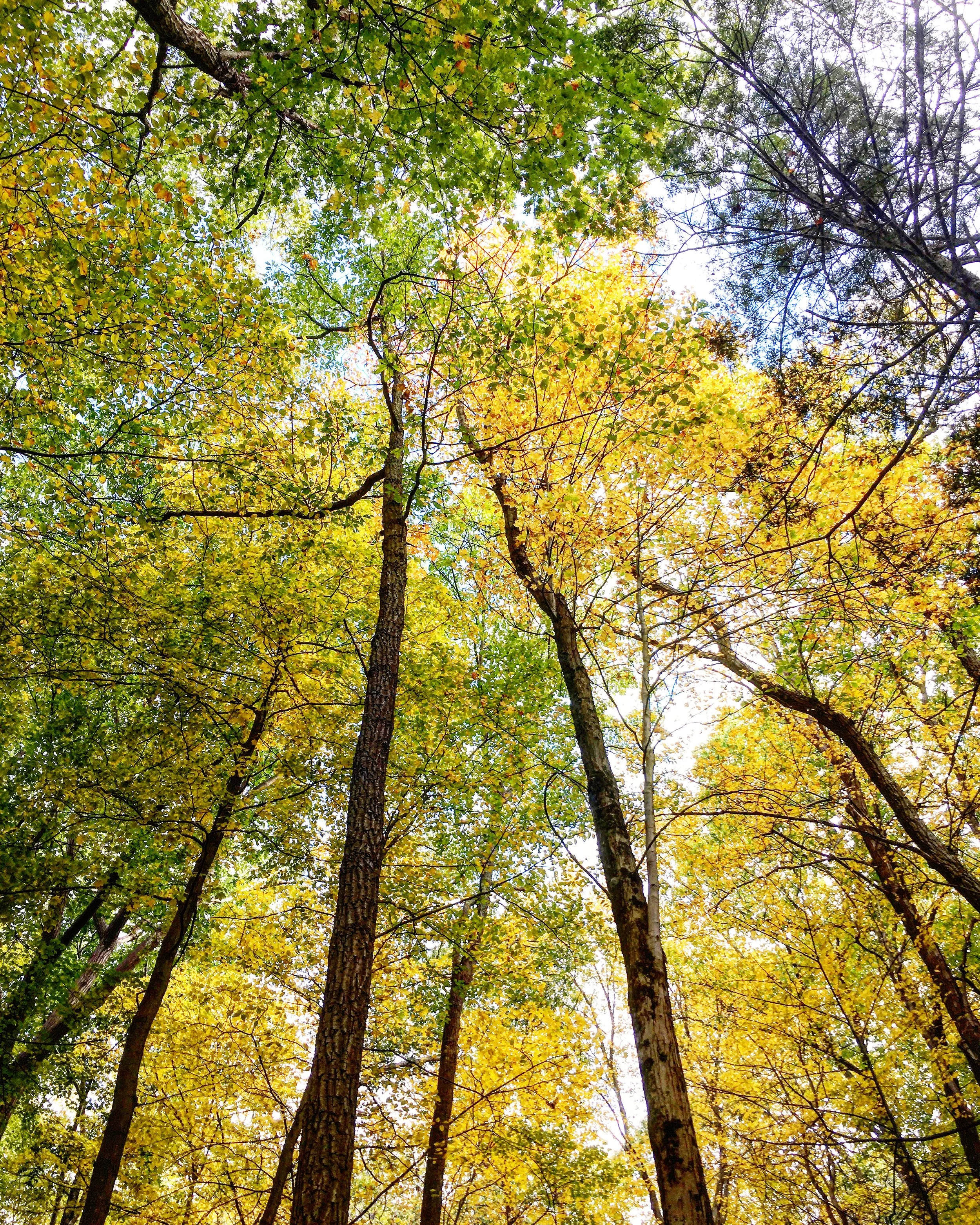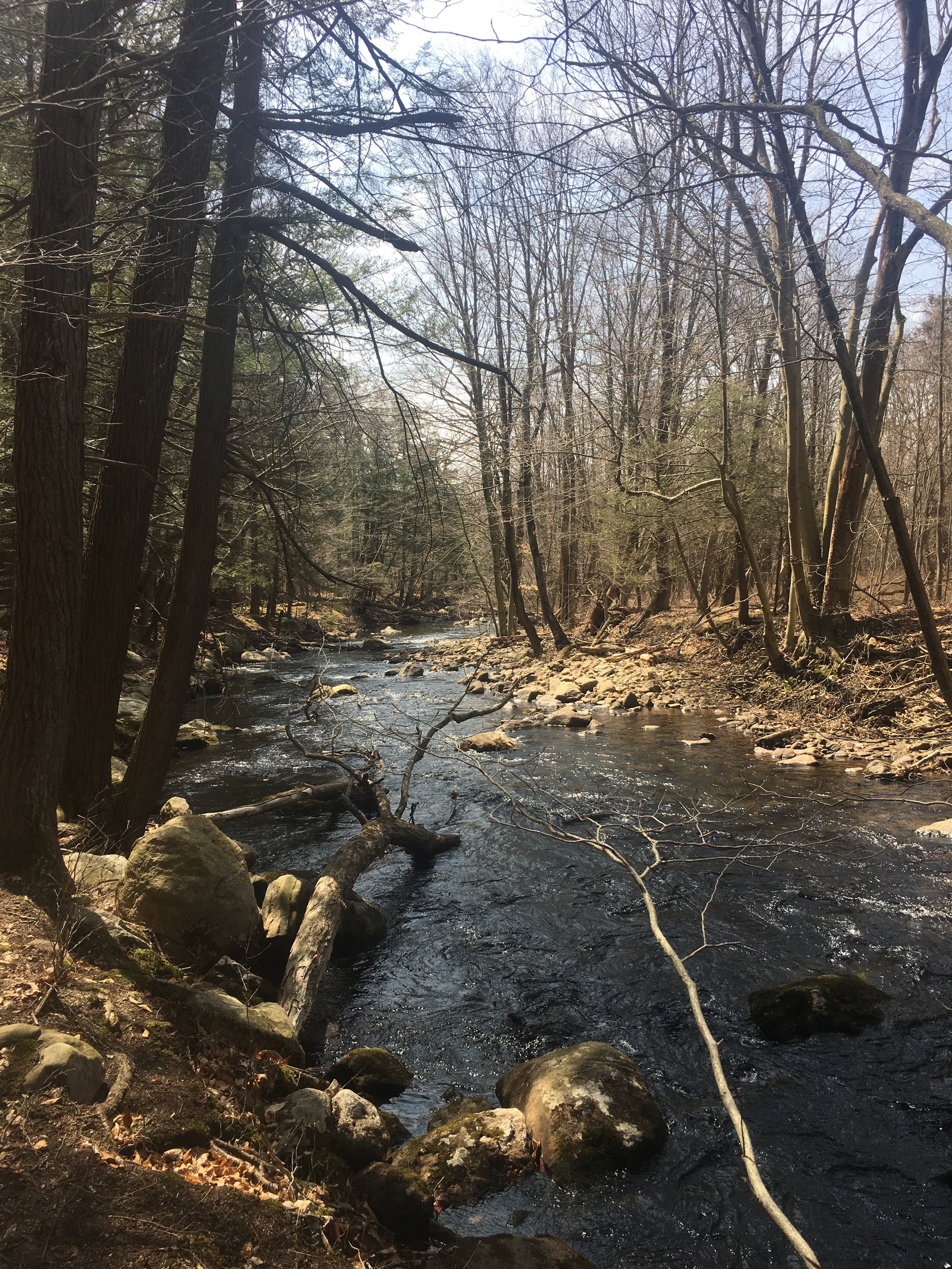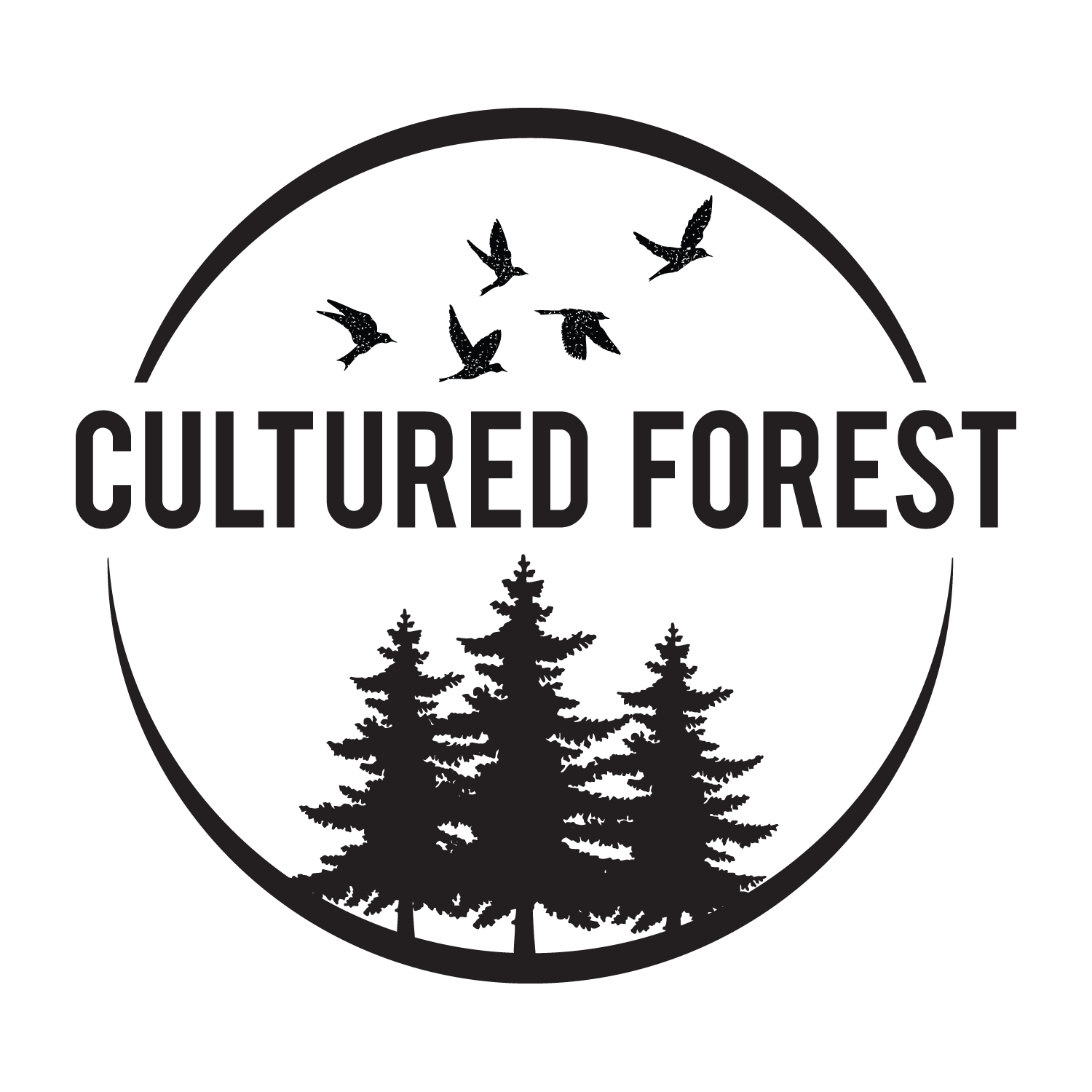Below are a few creative activities you can try whether you are indoors or outdoors to help you feel a bit more connected to and tap into the healing benefits of nature. Spending time connecting with and exploring nature is one of the best ways to tune into your creativity and intuition.
Write a Haiku Poem: Take a moment to think of your favorite place in nature. Remember how you feel there. What’s the temperature? Is there a breeze? What do you smell? What colors do you see? What can you hear? Once you have a place in mind write three lines. The first should be five syllables. The second should be seven syllables. The third should be five syllables. Once done you have a Haiku! Share it with someone or on social media. Don’t forget to tag @culturedforest.
Draw Nature From Your Imagination: Sit down and dedicate time to drawing purely from imagination. Remember a time you were in nature. Think of the plants, animals, trees or people who were there with you. Without judgment of your skill, try to recreate these things from memory.
Make a Collage from Magazines: Cut out pictures of animals or nature landscapes that bring you peace, joy and inspiration for future adventures. Hang it on your wall.
Pretend you are Charles Darwin or Jane Goodall: Imagine you are a scientist in an exotic location. Look for images of birds and plants online and imagine you are keeping a record of them for future generations. Draw and/or describe them in a notebook.
Play With Nature Photography: Find Nature photos you’ve taken on your phone and post them to social media for others to enjoy.
Try a Little Nature-Inspired Modern Dance: Make-believe you are an animal. Consider what animal you feel like. Move around your space as if you were that animal. Really notice the sounds and smells. Try different animals.
Start a Nature Writing Journal Using Some of the Following Prompts:
· Imagine you are a bird and you are looking down on yourself. What might the bird say about you? What behaviors would it observe?
· Describe the sounds you would hear in a forest.
· If you could be any animal what would you be and where would you live?
· Describe how you feel when you are in one of your favorite nature spots.
· Tell the story of your last adventure outdoors.
· Set nature connection goals. What can you do each day, week, month and once a year to better connect to nature.
· Find a nature photograph online, and make up a story about what happened there.
· Express gratitude for all the ways nature benefits you. Write a few commitments about how you can give back to nature.
· Find a rock. Write about the journey it went on to get to you. Imagine where it might have travelled from and some of the things it might have seen
· Look out your window and see the outside as if you were a child seeing the world for the first time. How would you describe it?
Please share your ideas with us below! This information is copyrighted to Brooke Mellen. Feel free to share it, just kindly give us a mention. Thanks!






